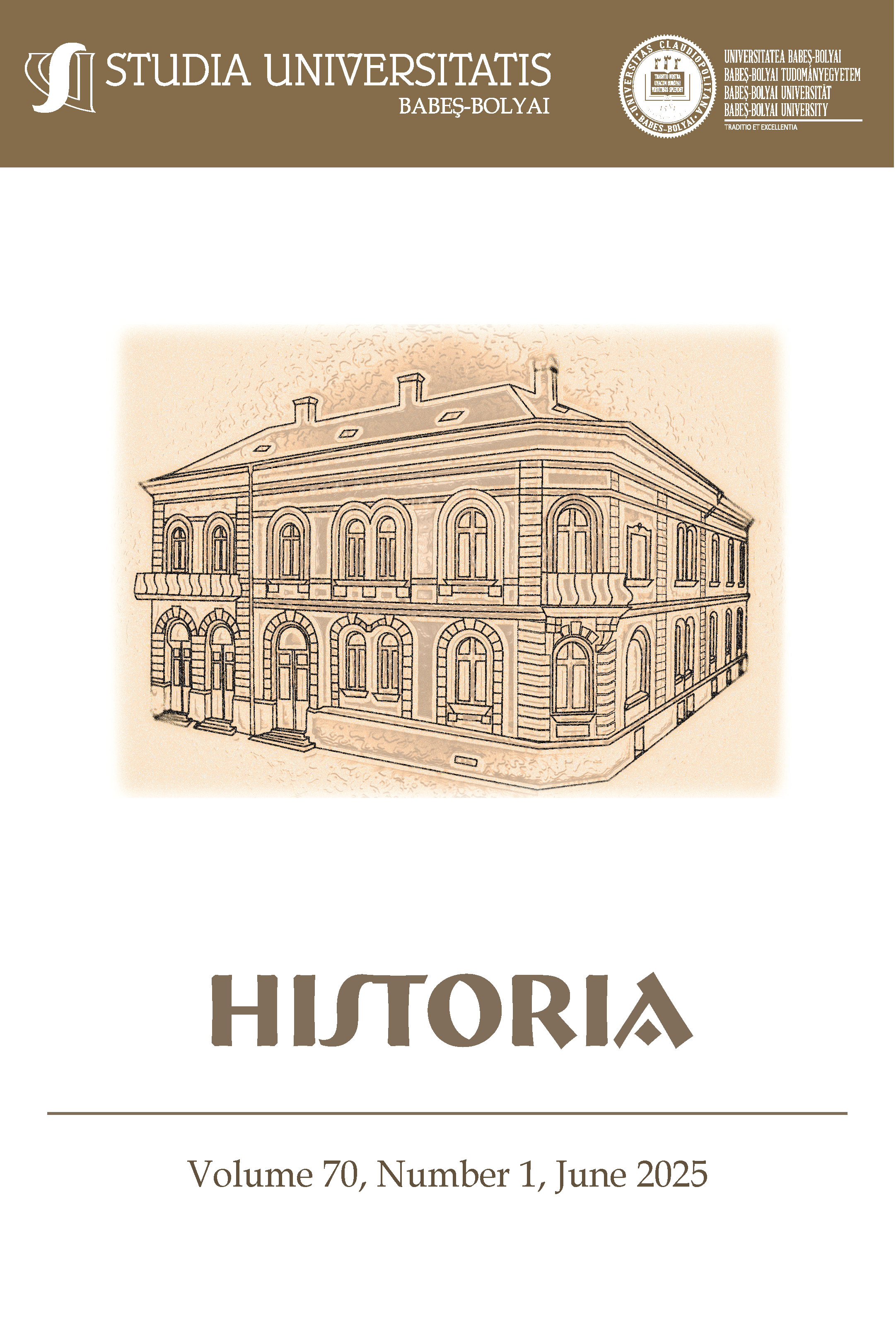Timothy Olin, The Banat of Temesvar. Borderland Colonization in the Habsburg Monarchy, California, Stanford University Press, 2025, 344 p.
Abstract
At the beginning of 2025, Banat – the region between the Danube, river Tisza, river Mureș and the Carpathian Mountains – became the subject of a new book published by Stanford University Press: The Banat of Temesvar, Borderlinde Colonization in the Habsburg Monarchy. The work, by American historian Timothy Olin, is the result of a diligent 13-year-long research project. The title evokes the eighteenth-century Banat, but the book, in its meticulous analysis, does not neglect the “century of nations” either, including Banat’s status as a border region, the colonization policies and their impact, as well as the region’s cultural diversity and inter-ethnic relations. Timișoara’s Banat was a Habsburg creation. This is the author’s opening sentence, which sets the tone for the pages that follow. The historian sees the Banat, on the border between the Habsburg Empire and the Ottoman Empire, and thus the frontier between West and East, as a meeting place of cultures, a contact zone, a cross-border region. In reading this book, we discover a land ravaged by wars and internal conflicts, but also its people of the past, as the author focuses on both the settler communities, and the indigenous population, as well as the relationship between the two. The work is built around the idea that populating the Banat with predominantly German families was a deliberate act of colonization, characteristic of a newly conquered frontier area, which the Austrian authorities wanted to stabilize and legalize and whose profitability they wanted to maximize. The book is structured into nine chapters as follows: Conquest and Construction, Security and Loyalty, The Religious and Ethnic (Re-)Construction of the Banat, Expectations Fulfilled, Settler Culture, Local Responses to Habsburg Rule I and Local Responses to Habsburg Rule II. The topics covered in these nine chapters start with Banat’s incorporation into the Habsburg Monarchy and then turn to colonization, examining its motivations, the importance of the religious and confessional dynamics in shaping the colonization policies, the living conditions of both the settlers and the indigenous population, and the impact of colonization on the relations between the natives and the authorities, as well as between the settlers and the authorities.
Downloads
Published
How to Cite
Issue
Section
License
Copyright (c) 2025 Studia Universitatis Babeș-Bolyai Historia

This work is licensed under a Creative Commons Attribution-NonCommercial-NoDerivatives 4.0 International License.



